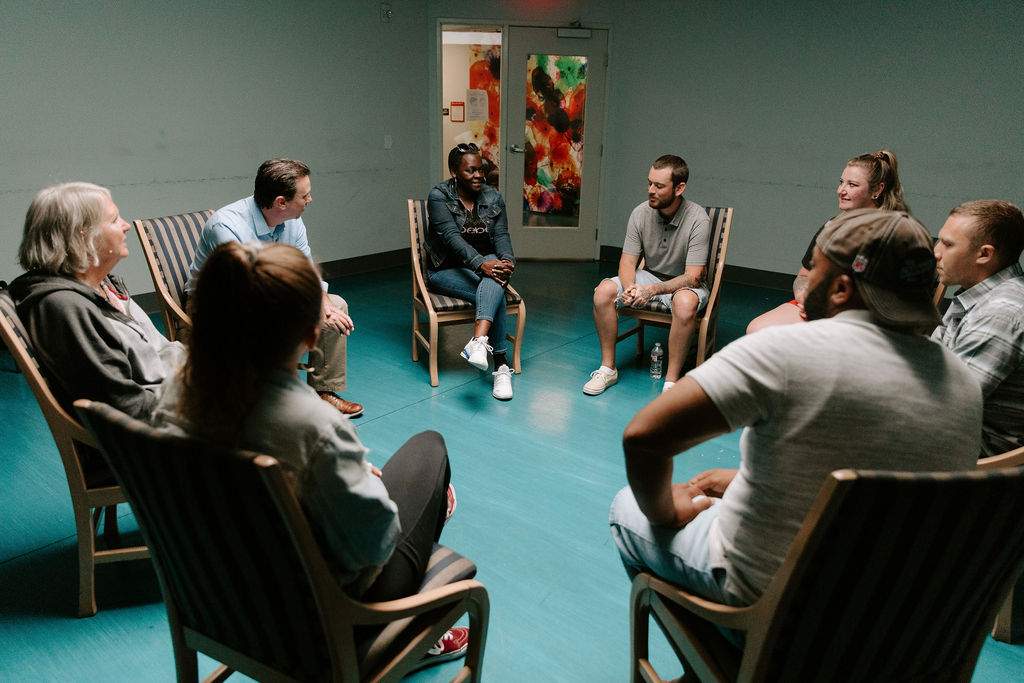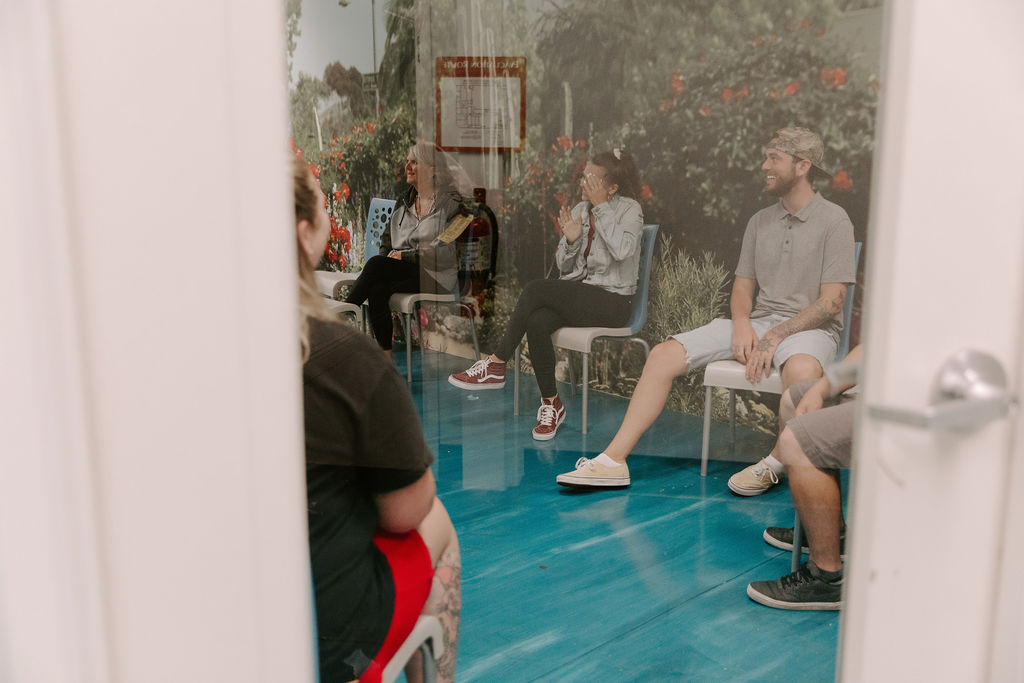
California Drug Rehab: Club Drugs & Raves
What are club drugs?
The term “club drugs” has been used in the past to refer to drugs primarily used by young adults at dance clubs and raves. Club drugs are still rampant in these settings, but are also appearing in other social settings within our communities, such as in bars, on college campuses, and at high school parties or gatherings. Club drugs often appear at events for young adults that are advertised as “non-alcoholic functions” in which parents assume the attendees will be supervised and safe. Club drugs include, but are not limited to, MDMA (Ecstasy), LSD, methamphetamine, GHB, ketamine, and Rohypnol. Other drugs such as marijuana and alcohol are also popular at clubs or raves. Poly-drug use is also prominent: the effects of combining different substances often are unpredictable and dangerous.
What is a rave?
Raves are all night dance parties that originated in Europe in the mid 1980s. After gaining popularity among teens and young adults in the 1990’s, organizers of raves (or ‘free parties’ as they are labeled by some promoters today) continue to put them on and they have become more sophisticated. Raves are attended mostly by teens, some who dress in baggy clothes and costumes and wear colorful candy or plastic necklaces as was common when the rave culture began. Today, most rave-goers dress casually and raves attract a wide audience. Raves are usually held, frequently on short notice, in locations such as empty warehouses, fields, and dance clubs. Raves, attended in small or massive numbers, typically begin at dusk and end at dawn.
Hope by the Sea’s California drug rehab offers an affordable drug and alcohol rehab in the coastal Orange County area that helps drug addicts begin the recovery process. Hope by the Sea is a leading quality of care facility on the West Coast with an outstanding clinical staff.


Family Owned and Operated

